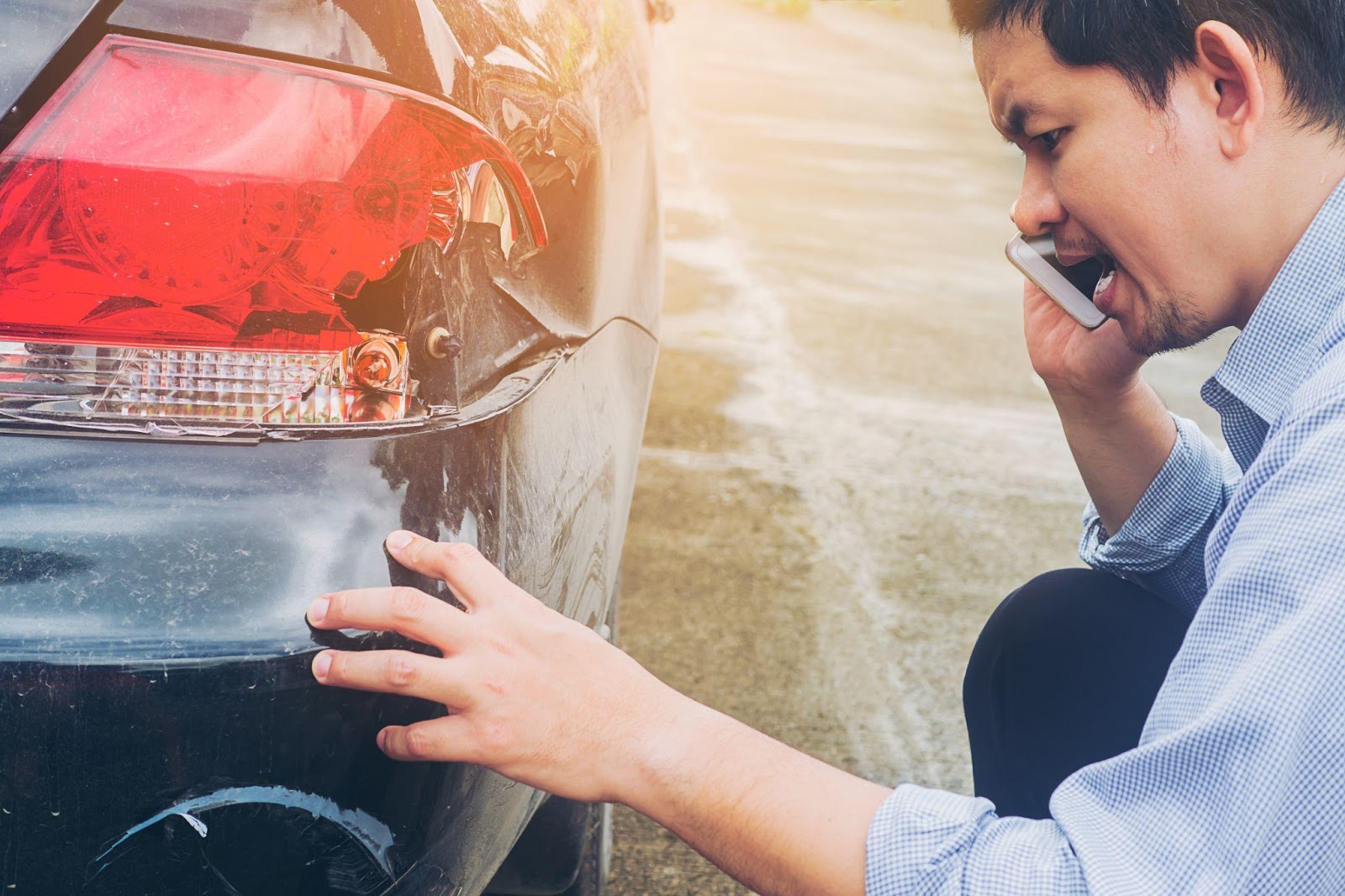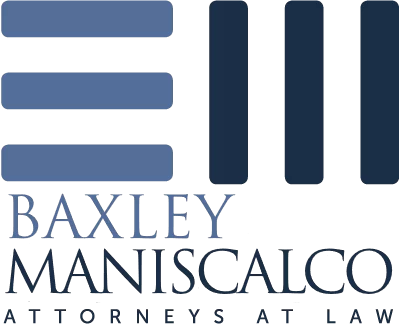
Rear-end collisions represent the most frequent type of traffic accident on Alabama roadways. These unexpected impacts often leave victims with painful injuries, damaged vehicles, and mounting financial pressures.
Understanding what causes these accidents and knowing how to establish fault can make a significant difference in your ability to secure fair compensation for your losses.
Common Causes of Rear-End Collisions
Before examining specific causes, it’s important to recognize that most rear-end collisions are preventable when drivers maintain proper attention and following distance.
The following factors represent the most frequent contributors to rear-end accidents on Alabama roads.
Distracted Driving
Drivers engage in numerous attention-diverting activities that lead to rear-end collisions:
- Using cell phones for texting or calling;
- Adjusting navigation systems or entertainment controls;
- Reaching for objects within the vehicle;
- Eating or drinking while driving; and
- Attending to passengers or pets.
These momentary distractions prevent drivers from noticing when traffic ahead slows or stops, often resulting in serious rear-end impacts with minimal reaction time.
Following Too Closely
Tailgating behaviors significantly increase the risk of rear-end collisions and include:
- Tailgating during rush hour traffic;
- Failing to maintain adequate space on highways;
- Aggressive driving behaviors;
- Misjudging necessary stopping distance; and
- Impatience in congested traffic situations.
The recommended safe following distance provides crucial reaction time needed to brake safely, especially during adverse weather conditions or when traveling at higher speeds.
Poor Weather Conditions
Rainy conditions, which Alabama experiences frequently, reduce visibility and create slippery road surfaces that extend stopping distances.
Similarly, fog along coastal areas and morning mist in northern regions create dangerous driving environments where depth perception becomes compromised.
Drivers who fail to adjust their driving behavior to these conditions frequently become involved in weather-related rear-end collisions.
Impaired Driving
Alcohol and drug impairment severely compromise a driver’s reaction time, judgment, and coordination—critical factors in preventing rear-end collisions.
This impairment, combined with poor decision-making, contributes to numerous preventable rear-end accidents throughout Alabama each year.
Vehicle Defects
Faulty brake systems, worn tires, and malfunctioning brake lights can all lead to rear-end collisions even when drivers are attentive.
Regular vehicle maintenance plays a crucial role in preventing these types of accidents.

Establishing Fault in Rear-End Collisions
While the rear driver is typically presumed at fault in these accidents, proving liability requires specific evidence and understanding of Alabama’s contributory negligence law.
The following approaches can help establish clear fault in your collision case.
Alabama’s Contributory Negligence Rule
Alabama follows a strict contributory negligence standard that can significantly impact rear-end collision claims. Under this rule, if you are found even slightly responsible for the accident, you may be barred from recovering any compensation.
This makes proper fault determination particularly crucial in Alabama cases.
Evidence Collection Checklist
After a rear-end collision, gather these critical pieces of evidence to strengthen your case:
- Photographs of vehicle positions and damage patterns;
- Contact information from witnesses who observed the collision;
- Documentation of weather and road conditions;
- Police reports and accident scene diagrams;
- Medical records connecting injuries to the collision;
- Cell phone records showing device use at time of impact; and
- Video footage from nearby cameras or dashcams.
Gathering this evidence immediately after an accident strengthens your ability to prove fault and protects your right to compensation under Alabama’s strict liability standards.
When the Front Driver May Share Fault
Though less common, front drivers may be partially responsible in these situations:
- Making sudden, unnecessary stops;
- Reversing unexpectedly into the rear vehicle;
- Driving with non-functioning brake lights;
- Stopping in traffic without activating hazard lights; and
- Changing lanes and braking immediately.
While these situations may create partial liability for the front driver, proving these exceptions requires substantial evidence given Alabama’s contributory negligence standard.

Frequently Asked Questions About Rear-End Collisions in Alabama
Many accident victims have similar questions after experiencing a rear-end collision.
The following information addresses the most common concerns regarding these accidents in Alabama.
How Long Do I Have to File a Claim After a Rear-End Collision?
In Alabama, the statute of limitations for personal injury claims, including rear-end collisions, is two years from the accident date. Missing this critical window typically results in complete loss of your right to pursue compensation, regardless of injury severity or clear fault.
What Damages Can I Recover After a Rear-End Collision?
Alabama law permits recovery for economic damages, including medical expenses, lost wages, and property damage.
Non-economic damages for pain, suffering, and diminished quality of life may also be available. In cases involving extreme negligence, punitive damages might be awarded, though these require meeting a higher evidence standard.
How does Alabama’s Contributory Negligence Rule Affect My Case?
Unlike most states with comparative negligence systems, Alabama’s pure contributory negligence rule means even slight fault on your part can completely bar recovery. This makes thorough evidence collection and strategic case building essential, as insurance companies often attempt to find any level of contributing behavior to deny claims.
Get Expert Help With Your Rear-End Collision Case in Alabama
Navigating the aftermath of a rear-end collision in Alabama requires specialized knowledge of state-specific laws and proven strategies for establishing fault.
The experienced team at Baxley Maniscalco understands the challenges accident victims face and provides the dedicated representation needed to overcome Alabama’s strict contributory negligence standard.
Our attorneys have successfully handled hundreds of rear-end collision cases throughout Alabama, securing fair compensation for victims while protecting them from tactics designed to shift blame.
Contact Baxley Maniscalco today for a free, no-obligation consultation about your rear-end collision case. Our team will evaluate your situation, explain your options, and develop a strategic approach to help you receive the compensation you deserve.
Can't find what you're looking for? Search our site below.










